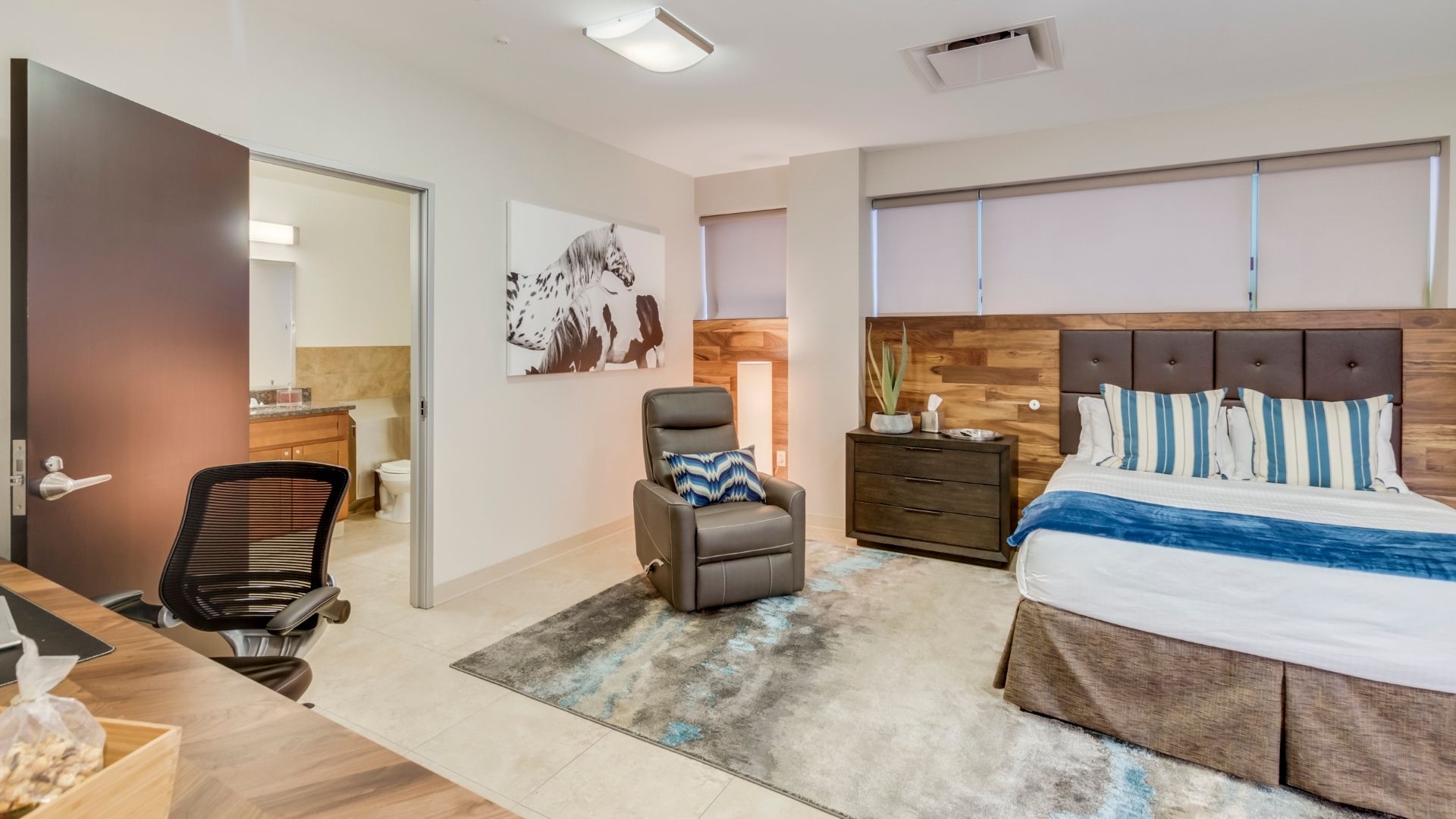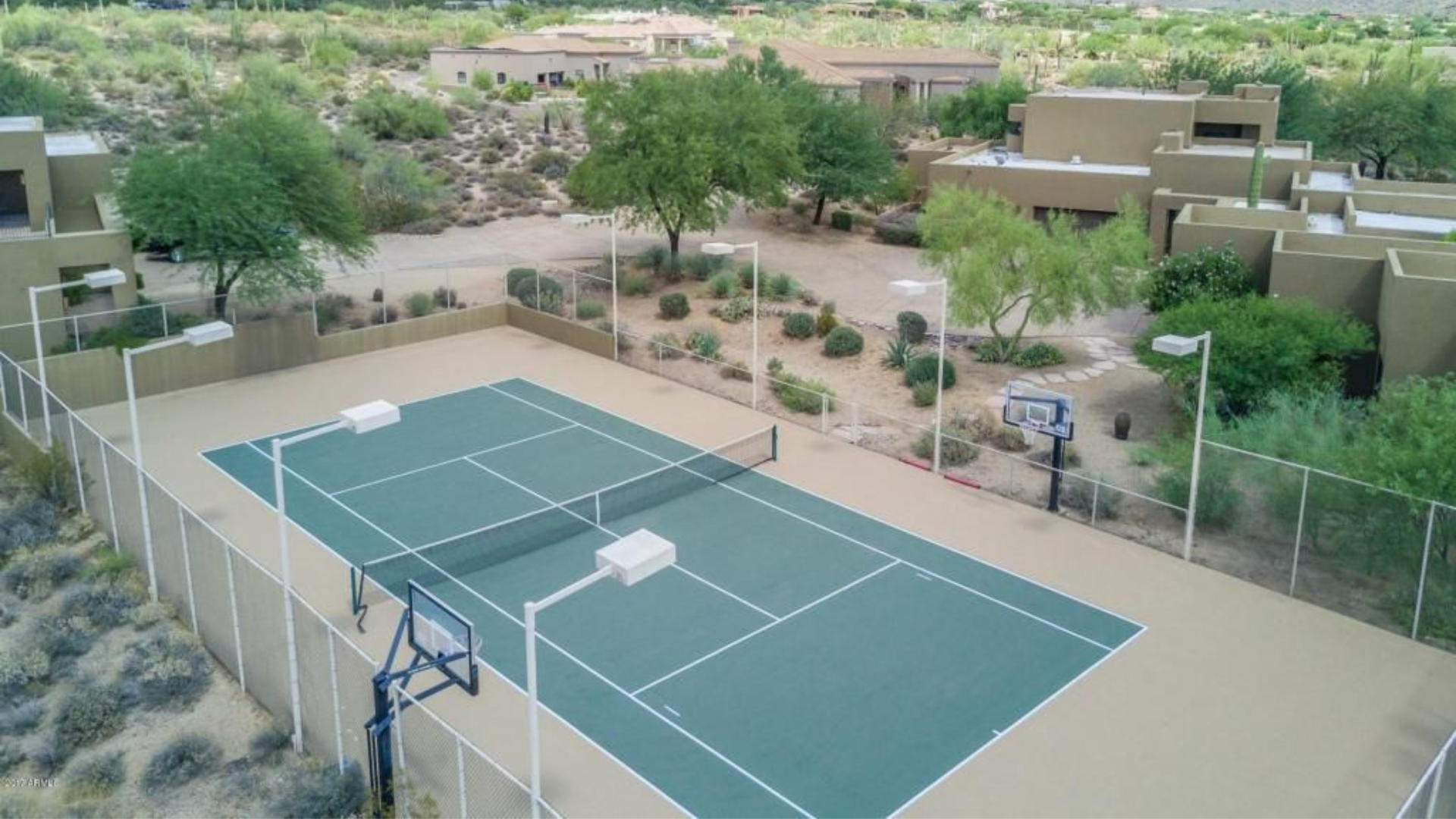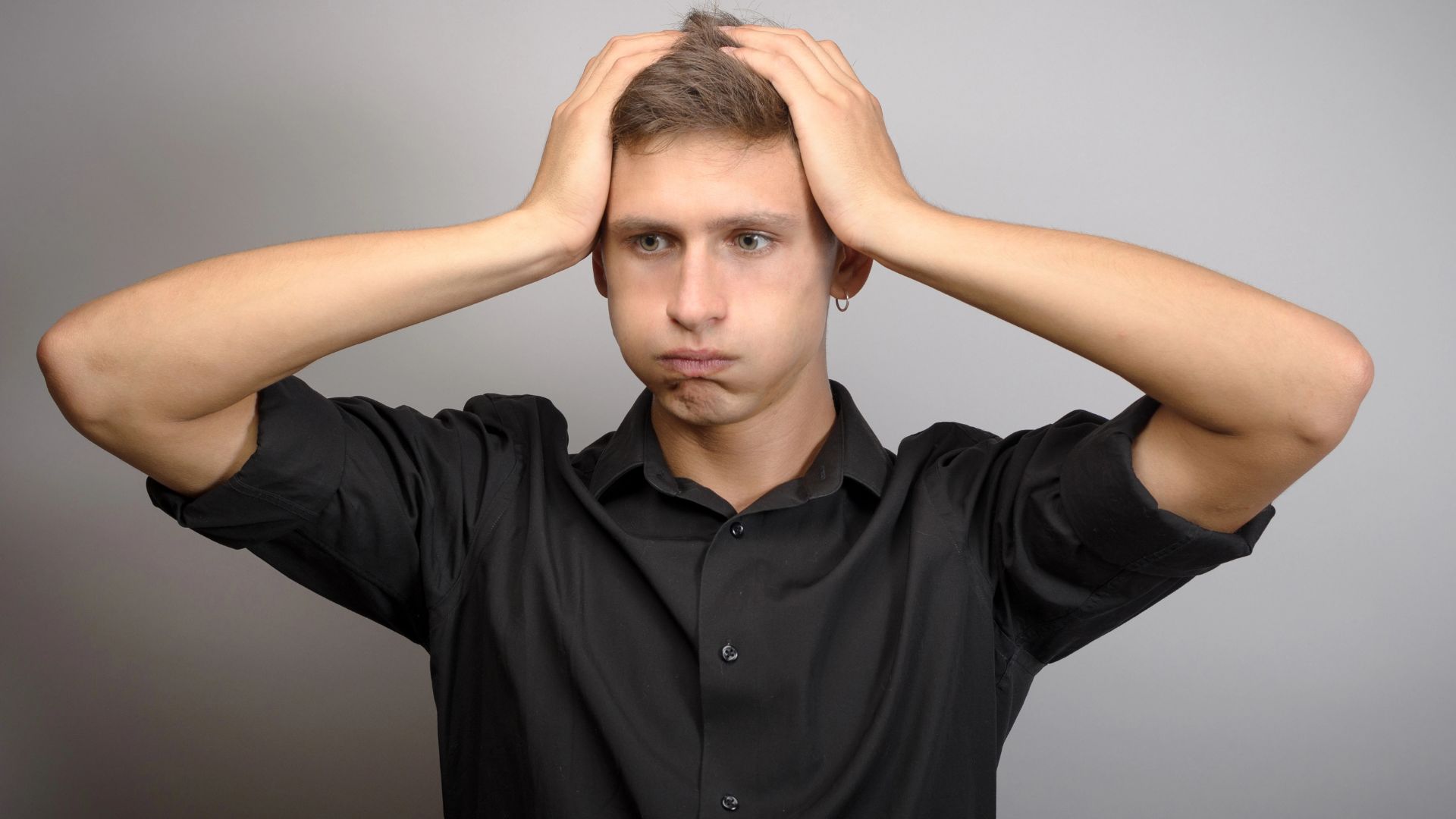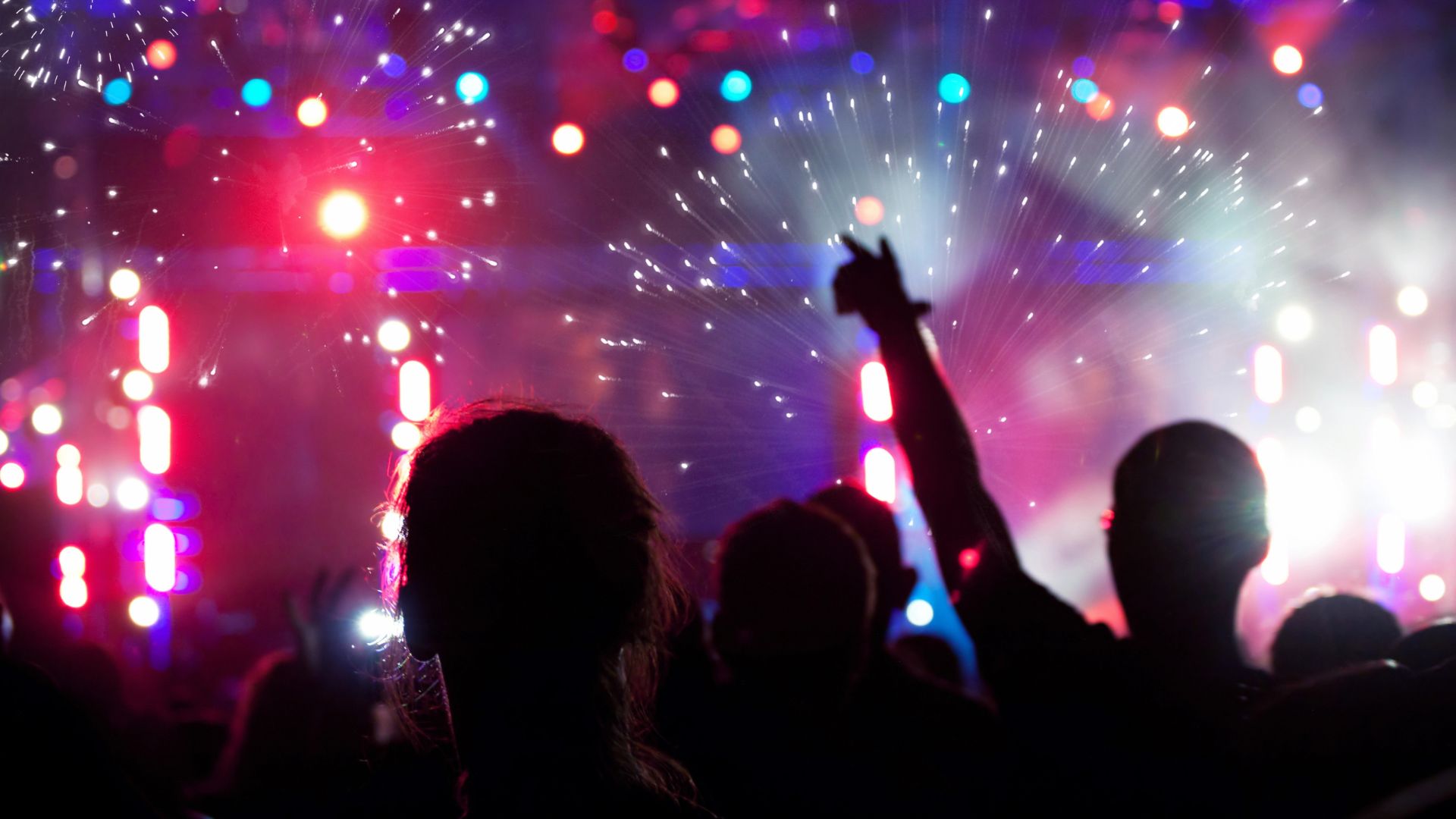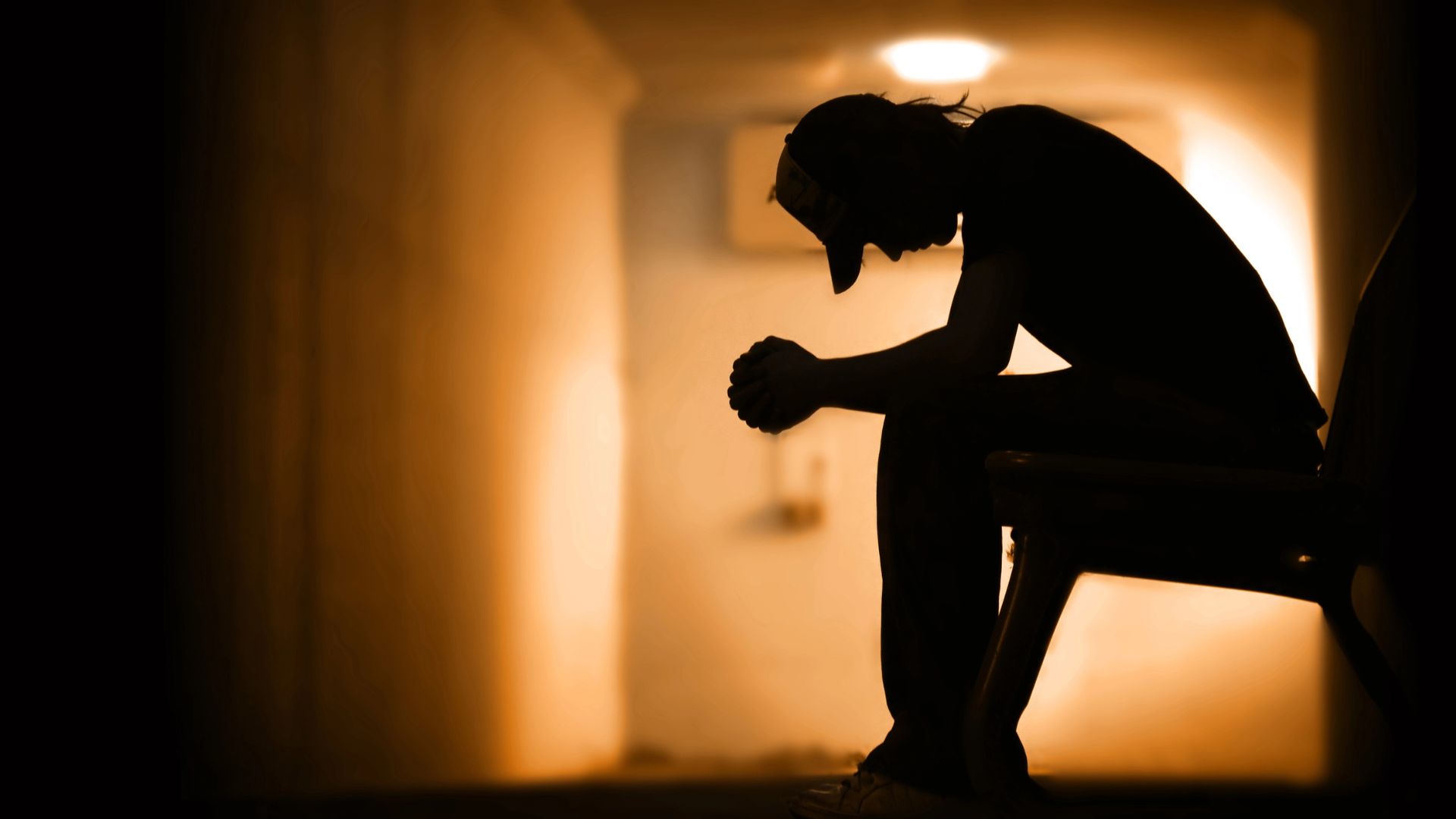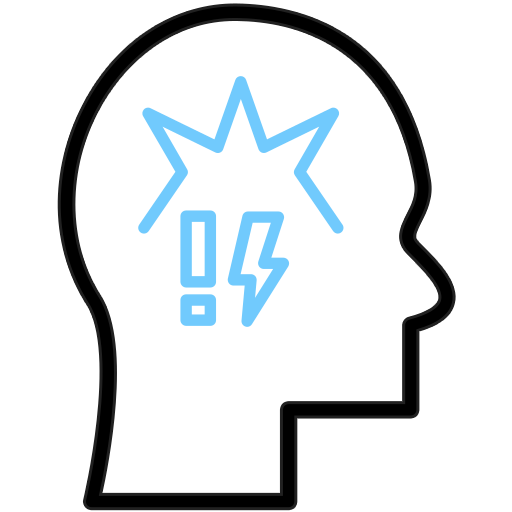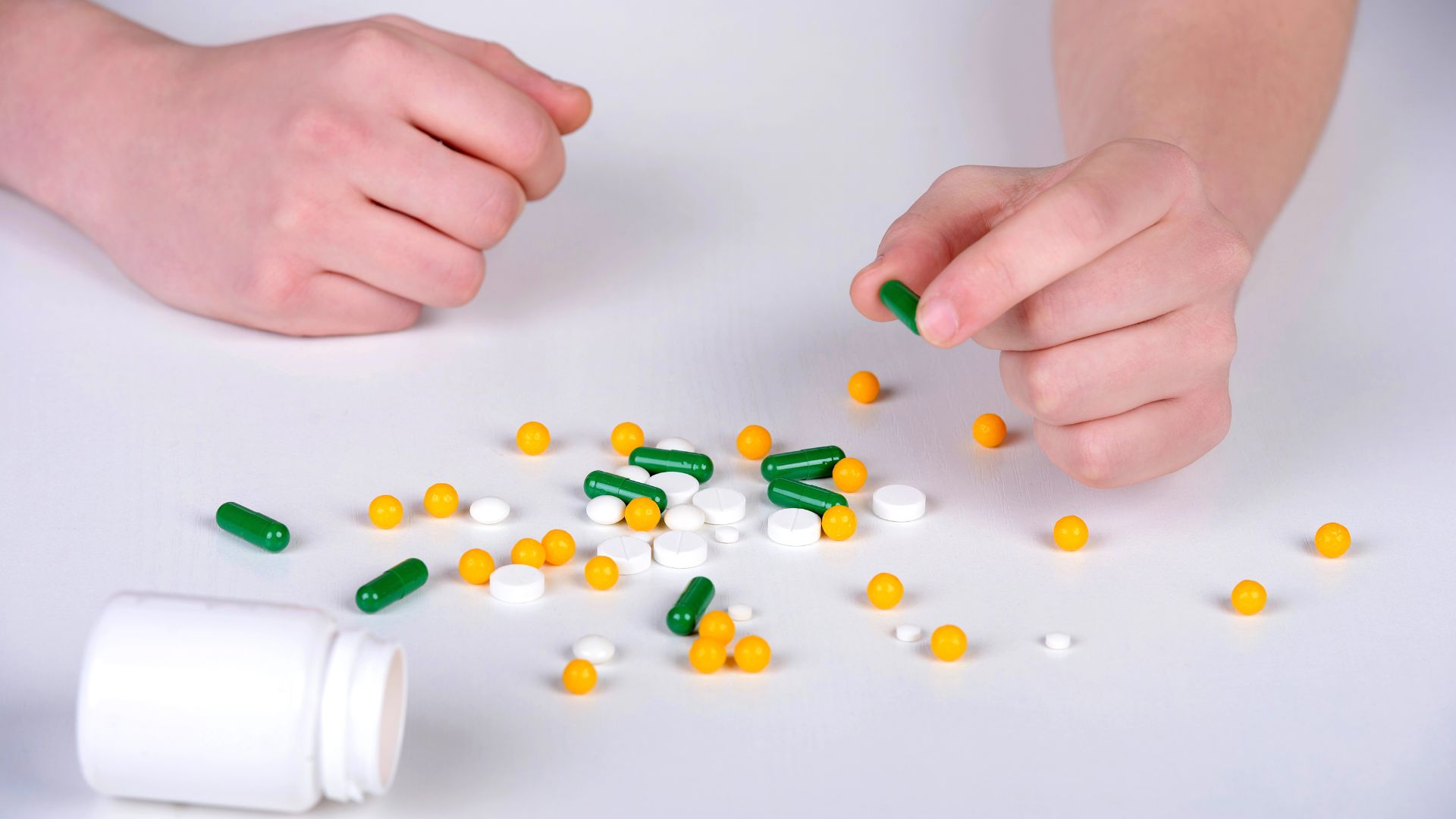GHB (Gamma-Hydroxybutyrate) is a potent central nervous system depressant with a high potential for addiction. Although it’s sometimes prescribed for medical reasons, it’s often misused recreationally—frequently without users fully realizing how addictive it can become.
Detoxing from GHB isn’t just challenging—it can be dangerous. Withdrawal symptoms can range from anxiety and insomnia to severe, potentially life-threatening seizures. Attempting to quit without medical support can seriously jeopardize your health, which is why professional detox care is essential.
If you or a loved one is battling GHB addiction, learning about the detox process and selecting a trusted treatment center is a critical first step toward lasting recovery.

